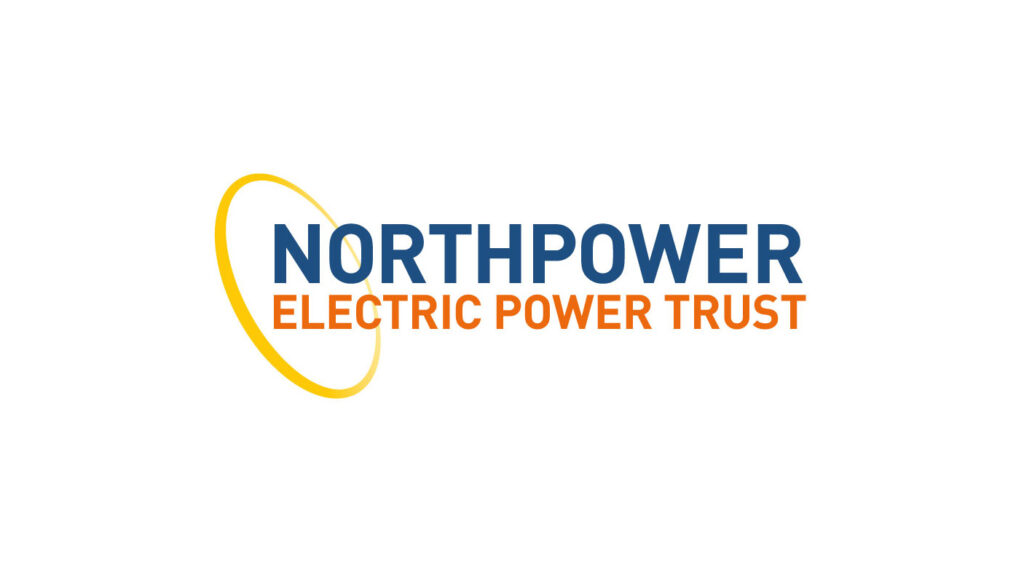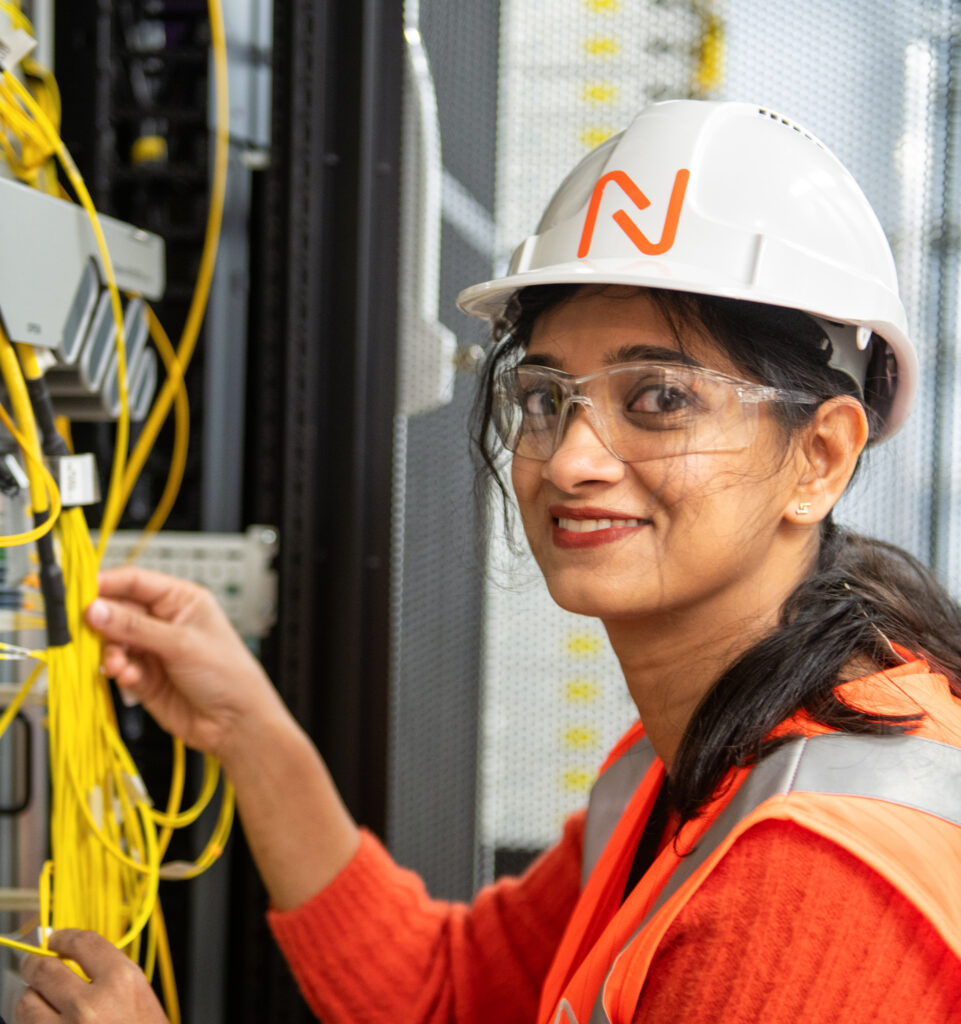
Grid scale solar
What is grid scale solar?
A solar installation with a peak capacity of over 1MWp is considered grid scale/utility solar. These utility scale solar installations are built by developers and are designed to feed power directly into the electricity grid.
The developers of these solar installations, sometimes known as solar farms, sell the power generated at the site to wholesalers who transit the power via Transpower and EDB networks for sale by retailers to the end users.
With technology and configuration like that of rooftop solar installations, but at a much larger scale, solar panels capture sunlight and use the photovoltaic process to convert sunlight into direct current (DC) electricity, which is then converted into alternating current (AC) electricity – for use by homes and businesses.
Key differences between grid scale and home solar
Scale
A grid scale solar installation includes thousands of panels such as Northpower’s Te Puna Mauri ō Omaru currently being built at Ruawai. Once complete the farm will deliver 16.7MWdc which is enough to power 3,000 homes every year.
Mounting configuration
Grid scale solar farms can be ground mounted, floating on large bodies of water or roof mounted on very large commercial or industrial sites.
Tracking technology
This allows the panels to turn and follow the sun to capture more of the sun’s rays and produce a higher power yield than if the panels were fixed or stationary.
Grid scale solar installations include:
Floating solar
Sometimes called floatovoltiacs, these are solar panels installed to float on a body of water. This is a great alternative if suitable land is hard to come by or where the opportunity cost is too high e.g. when the land required to produce solar will negatively impact on the food production of a region.
Ground mounted
Solar panels are mounted on pillars or plinths that are pile-driven into the ground. The panels can be either static (stationary) or can track the movement of the sun to maximise output.
Rooftop
Grid scale rooftop solar is where the panels are attached to the roof of a factory or commercial building with an extensive footprint. The panels used in these installations are like those installed on a home, but a much higher number of panels.
Solar generation models
Direct grid connection
Where the solar system is connected to the electricity grid in the area
Day time only
When the solar system only generates power when the sun is shining
24/7 with battery support
Energy is captured through the solar system during the day and power is stored in large scale batteries – this stored power is used overnight or when the sun isn’t shining.
Behind the meter
The solar system operates independently of the grid, where the power generated by the system is used by the business, industry, or local community without going through the local grid or your retailer

What you need to know before you start
- Grid capacity – connection and transmission capacity.
- Site suitability – geotech studies, cultural impact assessments, ecological assessments, vegetation.
- Site constructability – the construction methodologies that can be employed on the site.
- Yield analysis – to understand the outputs from the site, based on the amount of sunlight, pitch of the panels and useable land area.
- Cost estimations – considering all of the above an estimated build cost for the solar farm.
Network congestion
The electricity networks – transmission or distribution – that a solar farm connects to requires capacity to carry the power generated to where it needs to go.
Just like when there are too many cars on the motorway, and we experience congestion and traffic jams – electricity lines have a limited capacity. When the network is at, or near to capacity, there is no more room. Network capacity is a crucial factor to be considered in your decision to build a solar farm.
If the network is constrained/congested in the location where you want to build you can request a network upgrade, which will be costly and will add months onto your project’s timeline.


